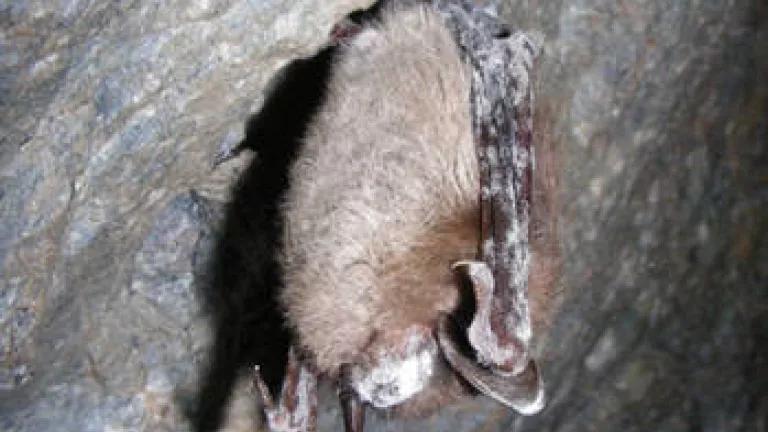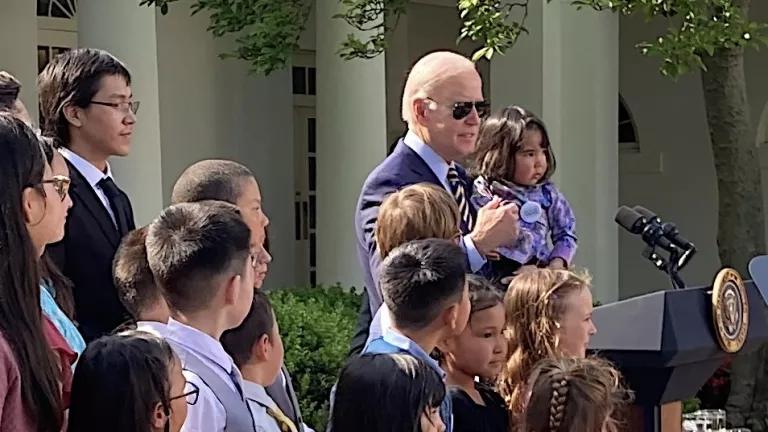
Last week a new study came out that predicts the regional extinction of the little brown bat from the eastern United States due to the emerging fungal pathogen called white-nose syndrome. As we have detailed in the past, white-nose syndrome is a mysterious disease that has caused the loss of well over a million bats in the northeastern US and is continuing to spread across the country being discovered this summer as far south as Tennessee and as far west as Oklahoma. The little brown bat is one of the most common bat species whose range covers most of North America, but the new study estimates there is a 99% chance that the bat will be gone from the eastern US within 16 years. Those are some pretty big odds.
These findings are striking because the fungus not only continues to colonize new geographic locations, but new host species as well – recently having been discovered on the 9th species of bat in the US. While the new study only looked at the little brown bat, white-nose syndrome is likely to have similarly devastating effects on the other species that it infects. Collectively, this loss of bats is almost certain to have a noticeable effect on the region’s insect populations – including agricultral and forestry pests.
Because these effects carry with them broad economic and environmental consequences, and because the scope of this problem is quickly becoming national rather than regional, we believe that the federal government should have a vested interest in addressing white-nose syndrome quickly and effectively. While the study’s authors suggest erecting bat boxes may help somewhat, there is as yet no easy solution to the white-nose syndrome problem.
The greatest need continues to be funding for research and monitoring which is why NRDC will continue its efforts to call on Congress to provide the necessary resources to address this crisis of national importance. Because according to the little brown bat, there is no time to waste.
Photo credit: USFWS




